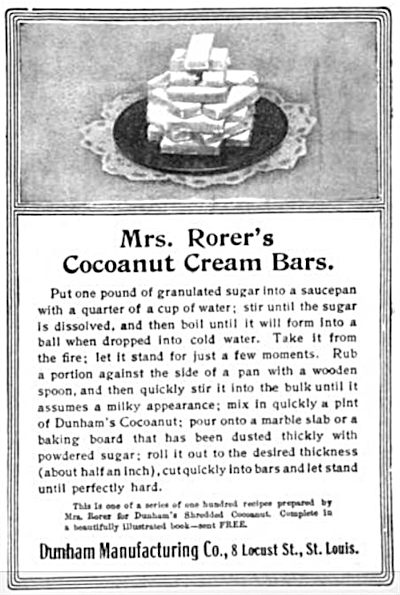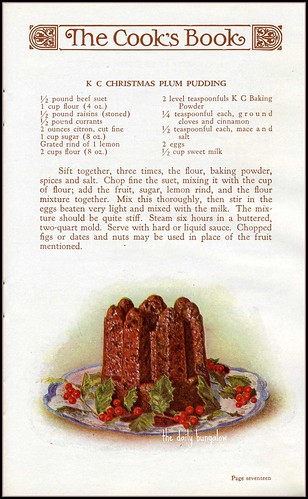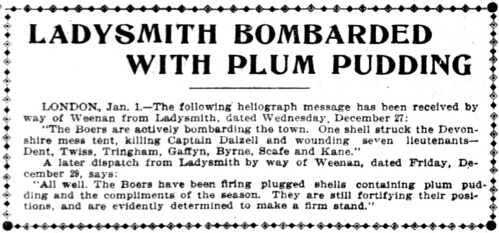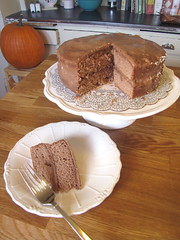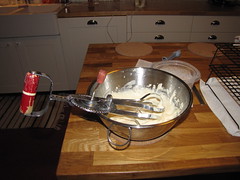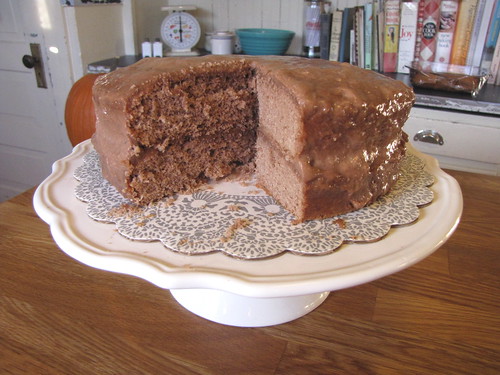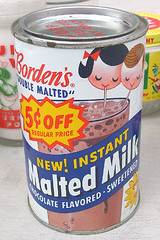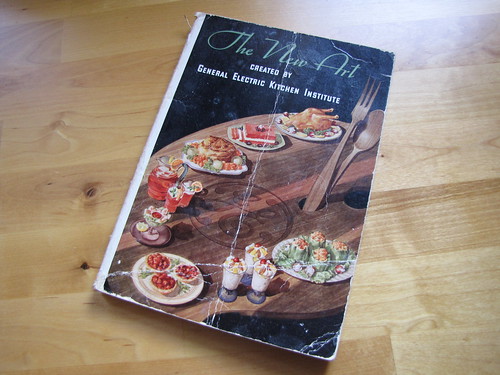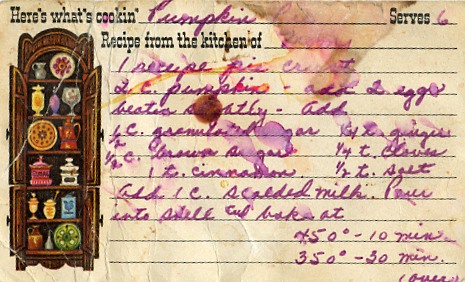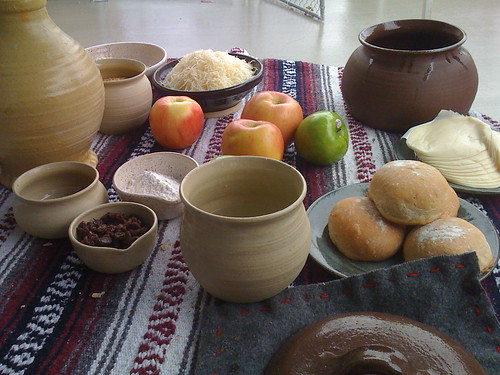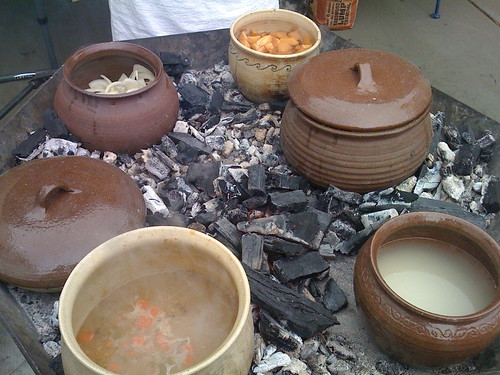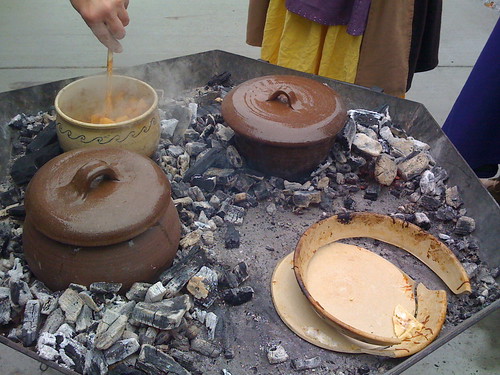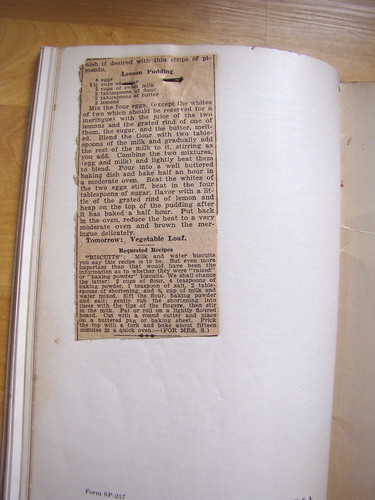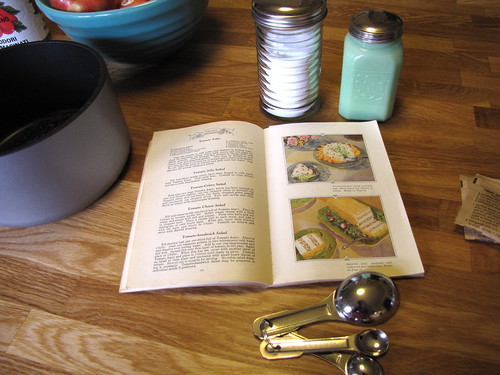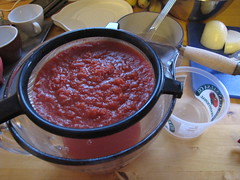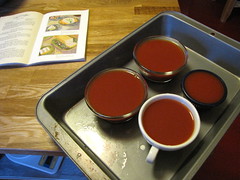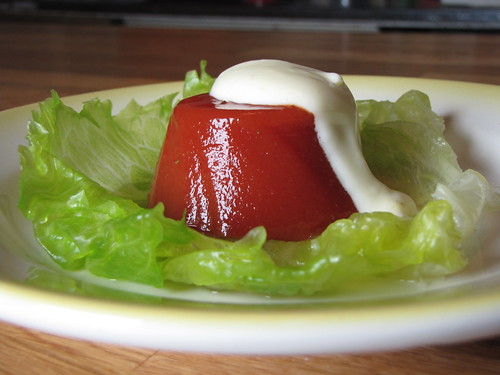Last weekend, after the “cooking with medieval pottery” class I mentioned earlier, I took another class, this one on historic cooking from primary sources.
In the class, we were divided up into pairs, and each pair was given a recipe in its original language, along with access to the necessary ingredients, and then we had to figure out the recipe, convert the ingredients to modern terms, cook the food, and eat it. We had four hours.
My team’s recipe was easier to understand than many of the others, since it was a 17th century recipe instead of a medieval one, and actually included some measurements. Older recipes tend to say things like “add some [ingredient] until it is enough.” This one had measurements, but some were a bit odd.
This is the recipe we were given:
ANOTHER VERY GOOD CAKE
Take four quarts of fine flower, two pound and half of butter, three quarters of a pound of Sugar, four Nutmegs; a little Mace; a pound of Almonds finely beaten, half a pint of Sack, a pint of good Ale-yest, a pint of boiled Cream, twelve yolks, and four whites of Eggs; four pound of Currants. When you have wrought all these into a very fine past, let it be kept warm before the fire half an hour, before you set it into the oven. If you please, you may put into it, two pound of Raisins of the Sun stoned and quartered. Let your oven be of a temperate heat, and let your Cake stand therein two hours and a half, before you Ice it; and afterwards only to harden the Ice. The Ice for this Cake is made thus: Take the whites of three new laid Eggs, and three quarters of a pound of fine Sugar finely beaten; beat it well together with the whites of the Eggs, and Ice the Cake. If you please you may add a little Musk or Ambergreece.
— The Closet of Sir Kenelm Digby Opened, 1669
The first thing we noticed is that this is a very large recipe. Converting the ingredients to a list, you have:
- 4 quarts flour
- 2 1/2 pounds butter
- 3/4 pound sugar
- 4 nutmegs
- “a little Mace”
- 1 pound of ground almonds
- 1/2 pint sack
- 1 pint ale-yeast
- 1 pint boiled cream
- 12 egg yolks
- 4 egg whites
- 4 pounds currants
- 2 pounds raisins
And the icing:
- 3 egg whites
- 3/4 pound sugar
This cake was way too big, so even though the measurements were relatively straightforward, we were going to have to convert things to make a smaller cake. We decided to make 1/4 of the recipe, and ended up with something sort of like this:
- 4 cups flour
- 2 1/2 sticks of butter
- a scant 1/3 cup of sugar
- 1 nutmeg, grated
- a pinch of mace
- 3/4 cup ground almonds
- 1/4 cup Dry Sack
- 1 envelope yeast
- 1/2 cup half and half
- 3 egg yolks
- 1 egg white
- 1 pound currants
- 1/2 pound small raisins
And the icing:
- 1 egg white
- 1/4 pound sugar
Unfortunately, I am not the one who wrote down the measurements, and I don’t have the written-down version, so I am not entirely certain this is exactly what we used. Basically, though, the conversions were pretty straightforward, and it probably wasn’t different from what I’ve written here.
To make it, we mixed the butter with the flour until the lumps were gone. Then we added the sugar, nutmeg, mace, and almonds. Then the sack, the egg yolks and white, the currants, and the raisins, and mixed it into a pasty, heavy dough. We warmed the cream a bit and put the yeast into the cream, then waited until it “woke up.” We then added the yeasty cream into the dough and mixed it.
We then put the dough into two small cake pans (one a Bundt pan, and the other a small springform).
We covered the dough with a towel and let it rise for a little more than 1/2 hour. (At first we had it in a place that didn’t seem warm enough, so we moved it to a warmer place and let it rise a bit longer.) It didn’t really seem to rise much, which was a bit nerve-wracking, but we had a deadline, so we went ahead and put it in a 350F oven for about 30 minutes, and when we checked on it after 30 minutes, it was perfectly done. (Which we weren’t expecting. At least, I wasn’t.)
A short while earlier, my teammate looked at the icing instructions to take the egg whites and sugar and “beat it well together with the whites of the Eggs,” and said “it’s a meringue! Beaten egg whites and sugar, put back into the oven to ‘harden the icing’!” So we whipped up a meringue for the top of the cakes.
When we took the cakes out of the oven, they smelled amazing, and looked pretty good too — golden and studded with raisins and currants. With a spatula, I put the meringue on the top and tried to make it look pretty. I probably didn’t do that well at the pretty-making part. I didn’t ice the sides because we didn’t really have that much meringue. Then we put them back in the oven for a bit to brown the meringue.
Here are the cakes when finished:
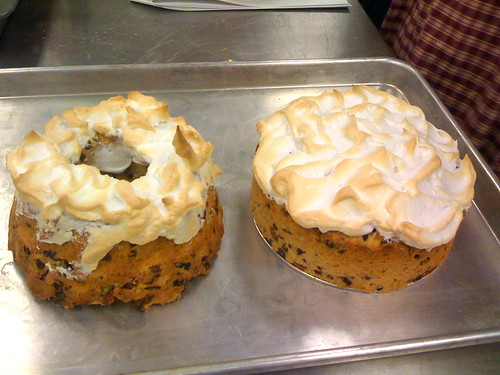
The verdict: Well, I thought they were wonderful. They were a fruitcake of sorts, but not a nasty modern fruitcake. You could taste the sack and the nutmeg, and of course the sweet currants, and while warm, the scent of the cake was incredible.
The meringue was OK, though I’d do something else instead. Just a powdered sugar icing drizzled on it, or something like that. I am not a huge fan of meringue, and I think it would be fine with an alternative icing, or even without one at all. It would also look less goofy, perhaps.
I notice that other folks online who have tried this recipe did not interpret this part of it as a meringue, just as an egg white/sugar glaze. I think this probably makes more sense.
The cake was fairly dense, but not overly so. The yeast did apparently have some effect, even though the cake didn’t rise much. The density felt like the right amount.
I would make this again, and it is definitely a wintertime sort of cake. Too heavy for summer, but perfect for December.

